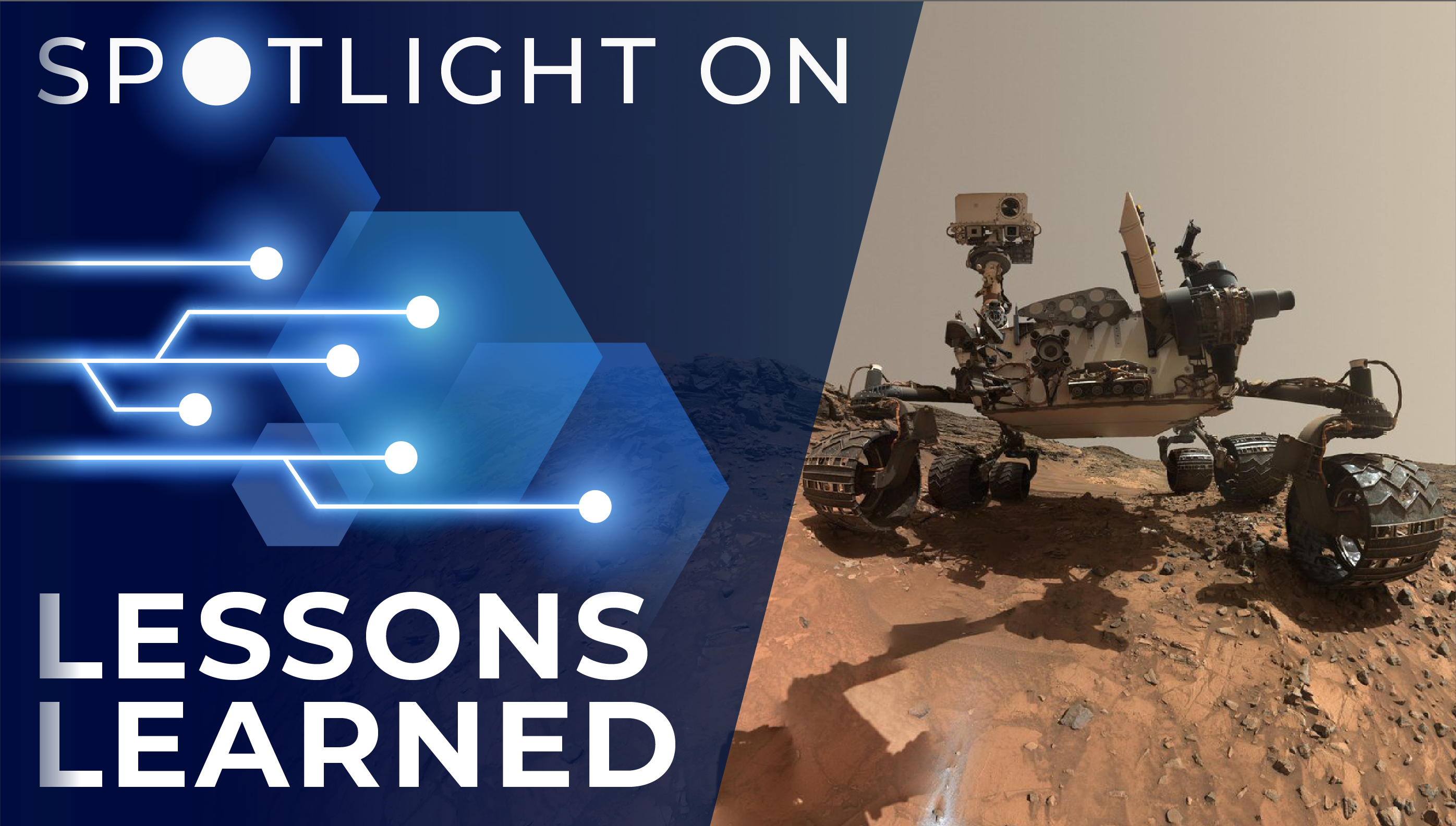
Material creep and joint relaxation in thermal strap joints under load at room temperature can result in thermal performance degradation at cryogenic operating temperatures.
The James Webb Space Telescope (JWST) Integrated Science Instrument Module (ISIM) thermal control system includes aluminum foil thermal straps for controlling heat flow to and from temperature-critical instruments in order to meet science instrument thermal performance requirements. A stack-up of aluminum 1100, indium spacer and high purity aluminum foil in compression as well as threaded inserts in aluminum 1100 in tension was used in many of the thermal strap joints to improve thermal conduction through the bolted interfaces of the strap assemblies. An inspection after the second ISIM cryogenic vacuum test revealed loosened bolts in the thermal strap joints attached to the ISIM structure.
A NASA Langley Research Center engineer supporting the JWST as part of a Mid-Level Leadership Program (MLLP) stretch assignment co-led a team that resolved the anomaly. The team’s investigation concluded that accounting for preload loss over time by characterizing material creep of the thermal strap joint material is necessary in assigning a sufficient torque and re-torque application of the bolted joints to meet thermal performance requirements.
Lesson Number: 22003
Lesson Date: July 28, 2017
Submitting Organization: Langley Research Center
HIGHLIGHTS
LESSONS LEARNED
- Indium flows and aluminum 1100 and high-purity aluminum foils distort under a compressive load.
- Threaded inserts in aluminum 1100 under a tensile load exhibit material creep at room temperature.
- Accounting for bolted joint preload loss over time by characterizing material creep at room temperature and indium spacer flow-out as well as prescribing minimum and maximum torques and a re-torque schedule to maintain acceptable joint preload at cryogenic temperatures was critical in ensuring mechanical integrity and thermal performance during on-ground and mission life cycles.
RECOMMENDATIONS
- Limitations in thermal strap materials and designs need to be considered (e.g., over time at room temperature 1100 series aluminum, a popular material for thermal joints, mechanically creeps in both tension and compression).
- When soft materials are used, every effort should be made to distribute the pressure area of the bolted joint to as large an area as possible.
- Designs should take into account changes in preload over the lifetime of the joint, including pre-launch dwell time at room temperature as well as the typical operational environments.
Consult the lesson learned for complete lists.
Langley Research Center Lessons Learned Committee Chair Bart Singer on the importance of this lesson learned:
This lesson is important for a number of reasons. Although the lesson was documented in the agency Lessons Learned Information System (LLIS) by a Langley engineer, good communication between personnel at Langley and Goddard Space Flight Center contributed to its development. Because the events leading to the lesson occurred at Goddard, the events were not well known at Langley. So details of the lesson were infused from LLIS into our Langley Institutional Knowledge Management (IKM) System where lesson ownership resides with our Engineering Directorate’s Structural and Thermal Systems Branch.
This lesson not only has had important technical implications, but has served as an excellent example of knowledge transfer (between individual centers, from centers to the agency, and back from the agency to centers).
Spotlight on Lessons Learned is a monthly series of articles that feature a valuable lesson along with perspective from NASA’s knowledge management community on why the lesson is important. The full lessons are publicly available in NASA’s Lessons Learned Information System (LLIS).
If you have a favorite NASA lesson learned that belongs in the spotlight, please contact us and be sure to include the LLIS Lesson Number.










